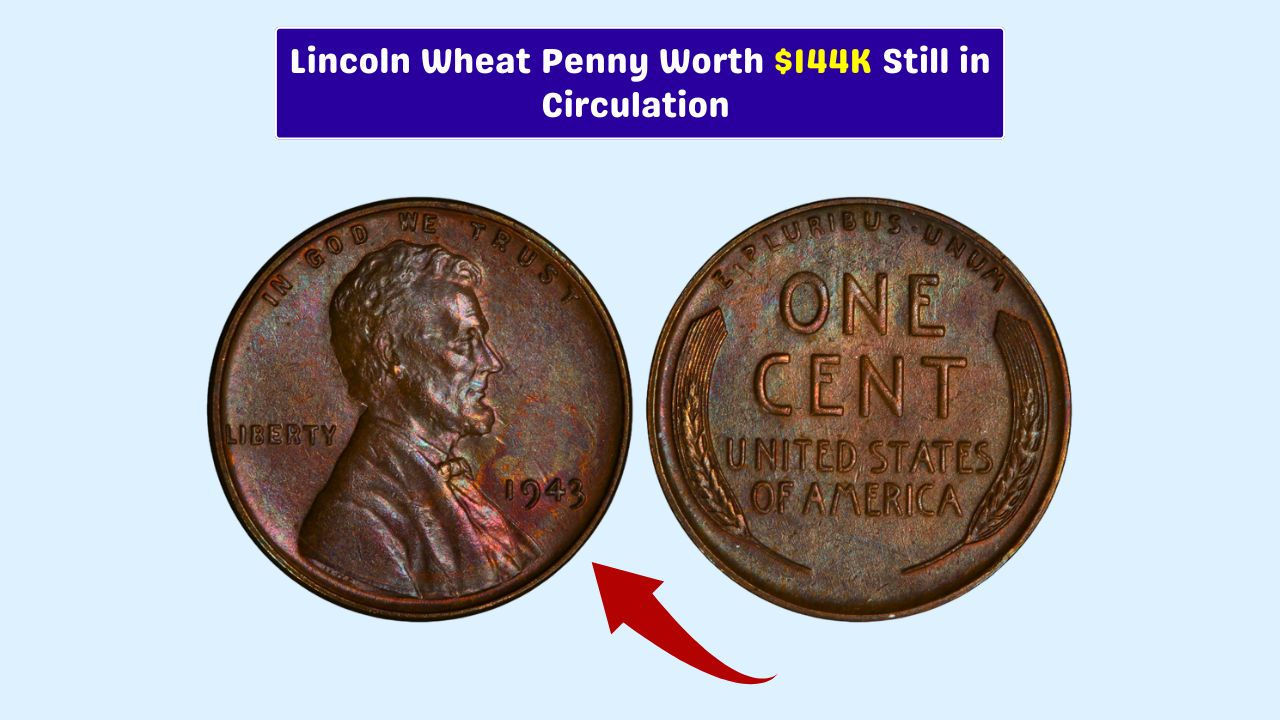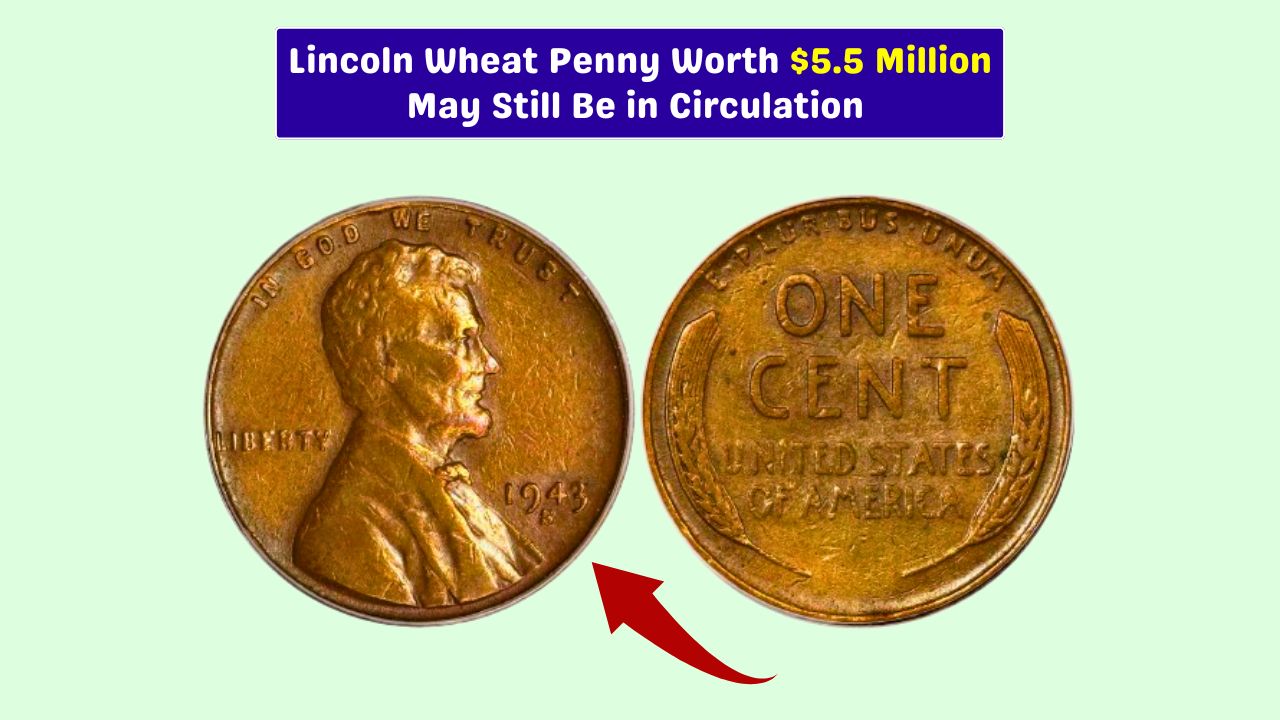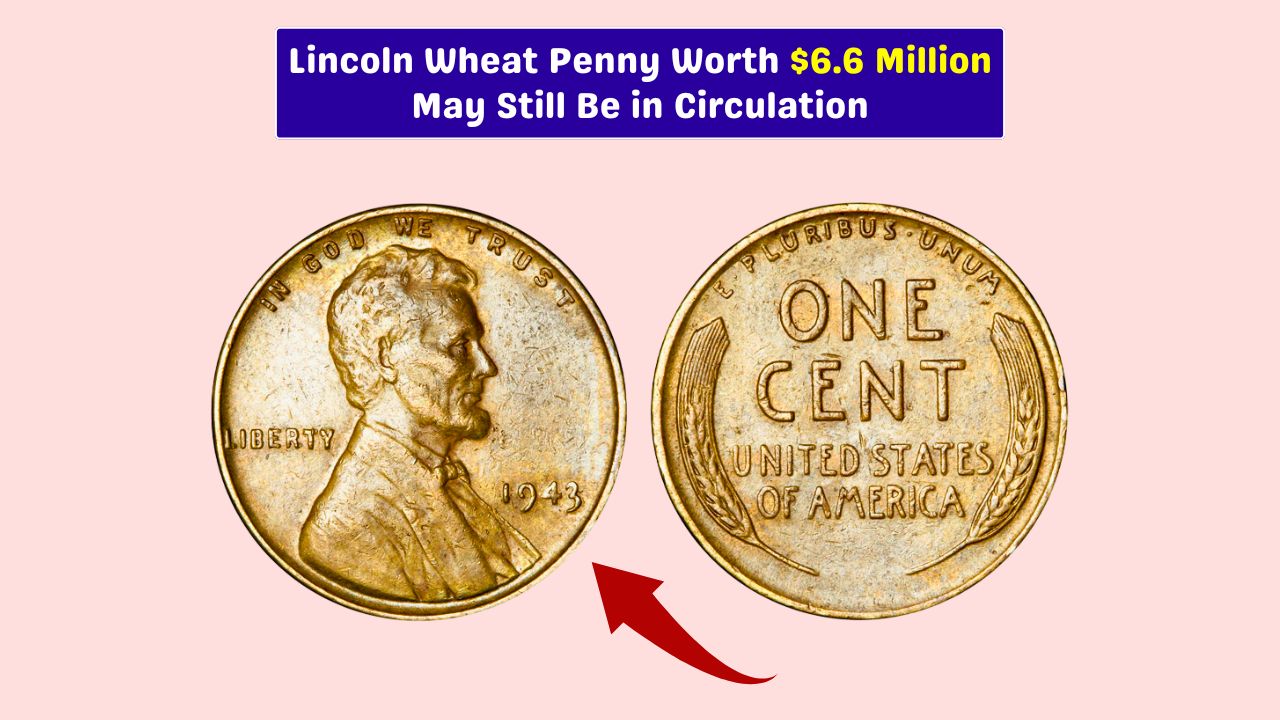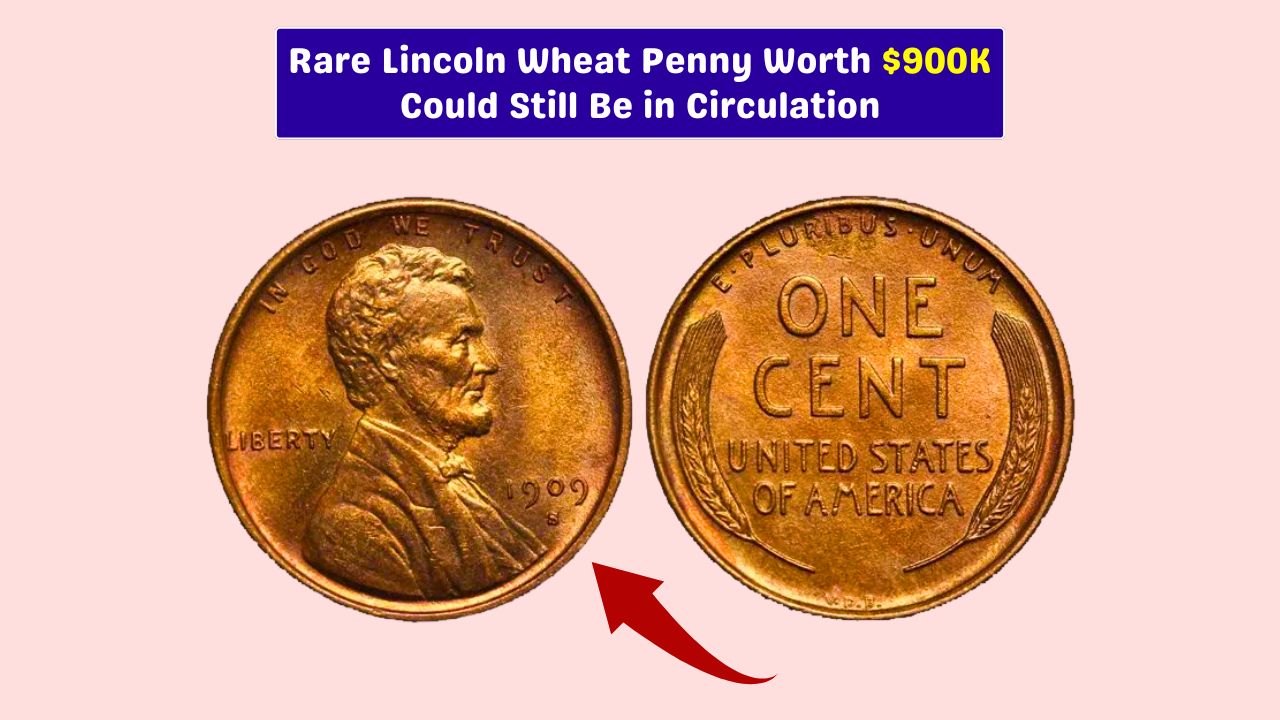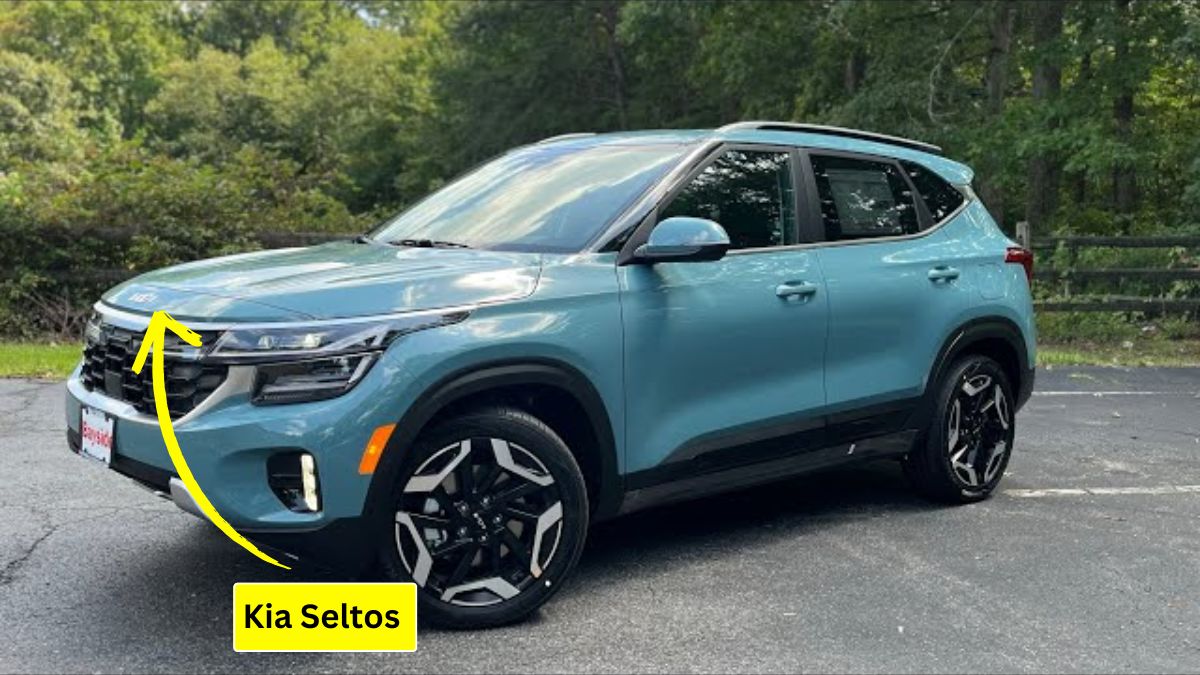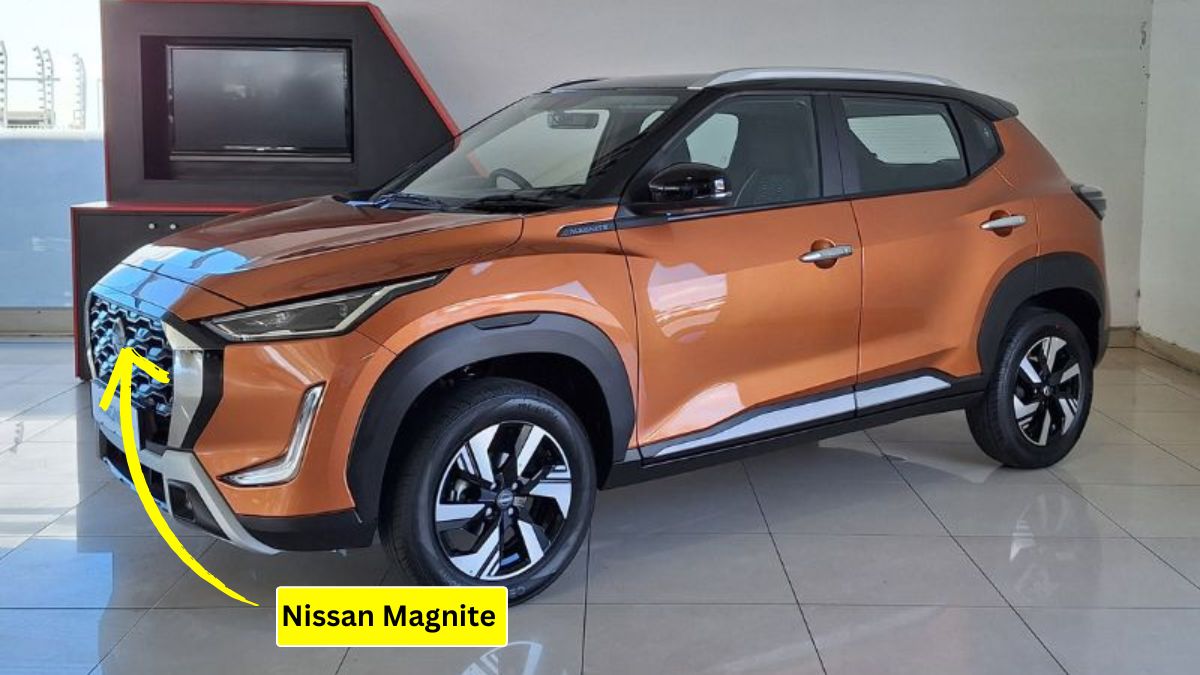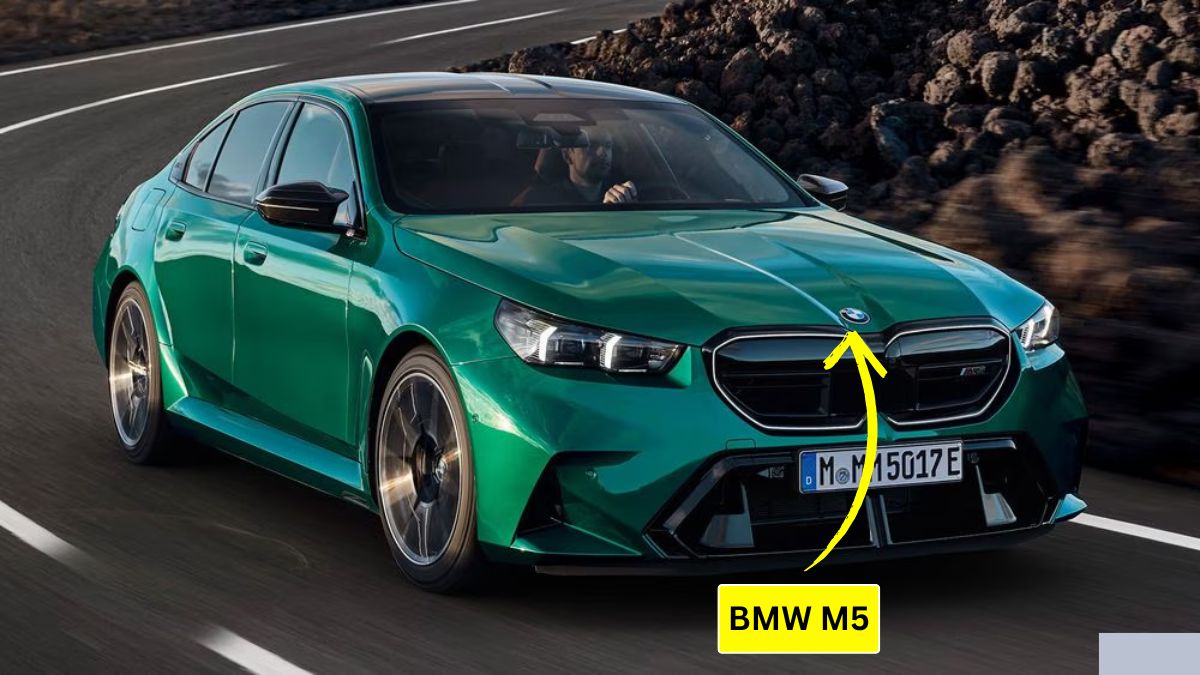Something is thrilling about the idea that a simple penny in your pocket could be worth a fortune. That’s exactly what fueled the wildfire rumor of a Lincoln Wheat Penny supposedly valued at $3.7 billion. Sounds impossible, right? That’s because it is. But the real story behind this legendary coin — and its genuinely valuable cousins — is just as fascinating.
Legacy
The Lincoln Wheat Penny isn’t just any old coin. First minted in 1909 to honor the 100th birthday of Abraham Lincoln, it broke tradition by being the first U.S. coin to feature a real person. Designed by Victor David Brenner, it featured Lincoln on the front and two wheat stalks on the back — a symbol of prosperity.
Collectors love this penny not only for its iconic design but also for the rich history it carries. Over time, certain editions and minting errors turned this humble coin into a collector’s dream.
Billion
So, where did the jaw-dropping $3.7 billion rumor come from? Probably a mix of internet myths, clickbait headlines, and a dash of wishful thinking.
Here’s the deal — no Lincoln Wheat Penny has ever sold for billions. Not even close. In fact, the highest confirmed sale was for a rare 1943 copper version that went for about $1.75 million. That’s a lot for a penny, but nowhere near a billion.
Factors
So what actually makes a Lincoln Penny valuable? Several factors play into a coin’s worth:
- Year minted – Older can be better, especially if rare.
- Mint mark – That tiny letter matters more than you think.
- Production numbers – Low mintage usually means higher value.
- Errors – Mistakes like double-dies or wrong metals skyrocket prices.
- Condition – Uncirculated coins are worth much more.
- Collector demand – Popular coins bring higher bids.
Basically, the rarer and cleaner your penny is, the more it could be worth.
Types
Let’s break down the Lincoln Wheat Pennies that actually have big-ticket value:
- 1909-S VDB – First edition with low mintage, super collectible.
- 1914-D – Another rare early-year coin.
- 1922 No D – Minted in Denver but missing the “D” mint mark.
- 1943 Copper – Minted by mistake during WWII.
- 1955 Double Die – A double-stamped penny that’s hard to miss.
Values
Here’s a table showing some of the most valuable Lincoln Wheat Pennies:
| Year | Mint Mark | Error Type | Condition | Estimated Value | Rarity Level |
|---|---|---|---|---|---|
| 1909 | S VDB | None | MS-65 | $50,000+ | Very Rare |
| 1914 | D | None | MS-60 | $13,000+ | Rare |
| 1922 | No D | Mint Mark Error | VF-20 | $5,000+ | Rare |
| 1943 | None | Copper Strike | MS-63 | $250,000+ | Extremely Rare |
| 1955 | None | Double Die | MS-60 | $2,000+ | Rare |
| 1944 | S | Steel Composition | MS-63 | $75,000+ | Extremely Rare |
Spotting
Think you might have a valuable penny in your change jar? Here’s what to look for:
- Check the year – Anything before 1959 is worth a closer look.
- Look for oddities – Doubled numbers, missing mint marks, weird colors.
- Grade the condition – Coins in mint or near-mint condition have more value.
- Use a magnifying glass – The smallest details matter.
- Get it appraised – Professional grading services like PCGS or NGC can confirm authenticity.
Circulation
Believe it or not, some rare Lincoln Pennies still pop up in everyday circulation. People unknowingly spend these tiny treasures all the time. Want to try your luck? Go coin roll hunting. Ask your bank for penny rolls and check each one carefully. It’s like modern-day treasure hunting.
Auctions
Here are some real-world Lincoln Penny sales that made headlines:
| Year | Penny Type | Auction House | Sale Price |
|---|---|---|---|
| 1943 | Copper Penny | Heritage Auctions | $1,750,000 |
| 1955 | Double Die | Stack’s Bowers | $55,000 |
| 1909 | S VDB | GreatCollections | $90,000 |
| 1944 | Steel Penny | Heritage Auctions | $408,000 |
| 1922 | No D | Stack’s Bowers | $10,800 |
| 1914 | D Penny | Heritage Auctions | $28,200 |
| 1931 | S Penny | GreatCollections | $5,500 |
Myths
Let’s squash the biggest myth: No Lincoln Wheat Penny is worth $3.7 billion. That number is pure fantasy. The rarest coins max out in the million-dollar range — and that’s still incredibly rare.
But hey, myths aren’t all bad. They draw new people into the hobby, spark curiosity, and get folks digging through their old jars of change. And who knows? Maybe you won’t find a billion-dollar penny — but you might find one worth a few thousand.
If you ask us, that’s a pretty great return on one cent.






